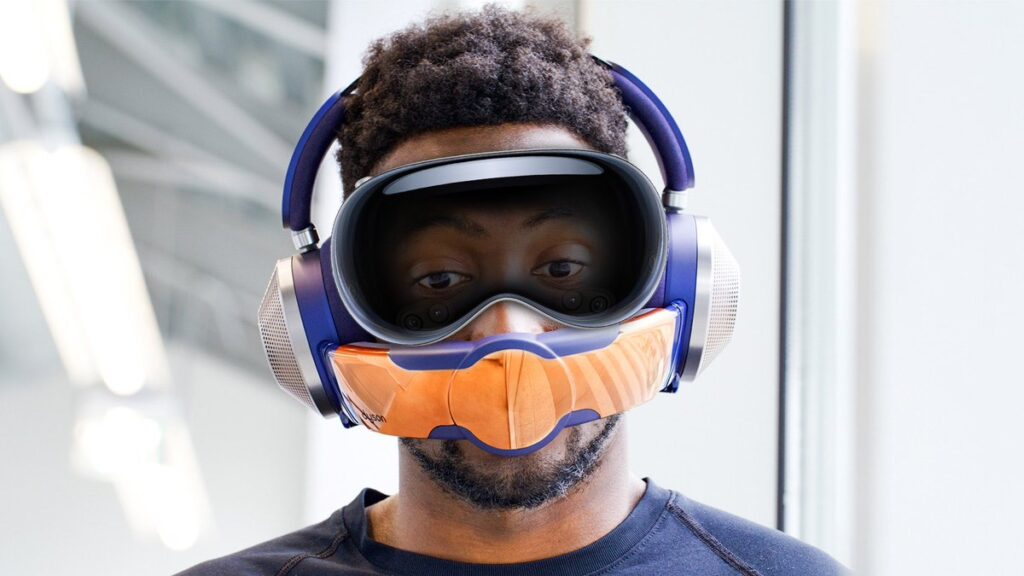
A dear friend lost a 17-year-old son in a traffic accident a while back. At the service, my friend spoke of how, in the days following the horrific event, the way church friends and Christian coworkers instantly rallied to support him and his family in every conceivable way revealed to him the importance and power of being a part of a supportive community.
At the same time, I’ve recently watched several close friends wither and begin to struggle as circumstances caused them to become isolated from the networks of Christian friends of which they had long been a part.
Christian community is a big deal. But it’s rapidly going the way of the dinosaurs.
Prior to 2020, there were a lot of negative, unhealthy trends slowly but relentlessly unfolding in our culture. And then the Covid-19 pandemic (and our government responses to it) gave all of those trends a huge shove forward.
The most glaring example of this is the trend toward isolation and away from community, and the vital human connections community provides. I recently came across a graph in a BusinessInsider.com article that graphically (literally) illustratates what I’m talking about:

If you’ve wondered why so many young people have mental health struggles, this graph would be a good place to start looking for an answer. (And from there, I recommend a visit to the data concerning fatherlessness.)
Not only are we increasingly cut off from friends, we’re mingling with strangers less, too. People used to know their neighbors, but over the last 50 years, suburban neighborhood design–sideslip garages, minimalist front porches, backyard outdoor living spaces, etc.–carried the effect of minimizing our opportunities to interact with the people who live around us. And Amazon-DoorDash culture made it possible to never leave the house or apartment; or to rub shoulders with strangers at all.
For a fleeting season, coffee shops became superficial substitutes for having an authentic local community. You were alone with your coffee and your screen, ensconced in headphones or earbuds, but at least you around other humans. Today, many of the coffee shops are empty but the drive-thrus are full, as we prefer to stay in the isolation bubble of our cars.
Sadly, American Christians are not immune from this troubling trend. For quite a while now, I’ve been yammering at anyone who will stand still a few minutes to listen, about the decline of true “community” in our churches. With our feet and our checkbooks (remember those?) we voted for a style of “church” that gradually turned active, engaged members into passive spectators of minisitry content. Consumers rather than contributors.
The churches that delivered the “highest quality” content from the platform thrived–turning pastors and worship leaders into minor (and sometimes major) celebrities. Christian media played a huge role in this, as well. As a result, we got fewer, but bigger, churches. And the bigger they got, the easier it got for individuals to just just disappear while checking the church attendance box.
First, millions of believers were told that church membership involved two things: (1) showing up (to passively consume music and teaching); and (2) give (ideally through some sort of cold, digital, automated giving arrangement).
Then the Covid lockdowns came along and showed many Christians that, if “doing church” was mostly consuming a service and giving . . . they could do that from the sofa in their pajamas. In fact, many of the largest churches saw online viewing of their services (and online giving) soar during the lockdowns. But . . .
After the lockdowns ended, live church attendance never returned to previous levels.
I’m rooting for a comeback for community. A renaissance of relationship. And I’m saying this as a card-carrying introvert. Why? Because isolation is bad for us. Really bad. Yet the cultural and technological winds are blowing us toward ever-increasing levels of isolation. As you walk through the next few days, just take note of how many people are “alone in a crowd,” often ensconced in a tech-cocoon of earbuds and screen in front of their face.
When out wandering around in the wild, I intentionally try to see how many people I can make eye contact with so I can give them a smile. I’ve turned it into a game in my head. Sadly, my scores are not rising. But I’m trying.
I know fighting these winds will require being intentional. It will require choosing to talk to people. To be with people. A willingness to know others and to be known. And for us Jesus-followers, it will require voting with our feet for a model of church community that goes beyond passive consumption and spectating.
Fight the trend toward isolation. Fight it with all your might.

